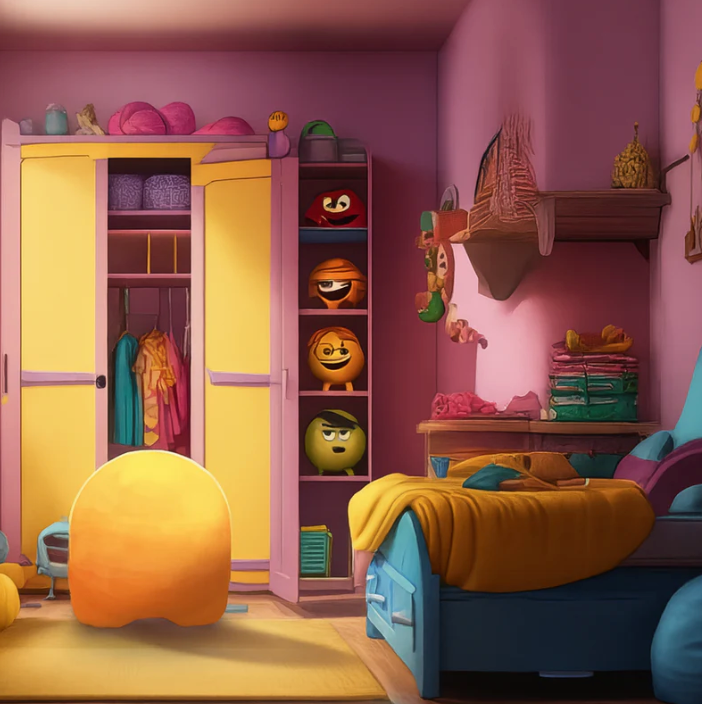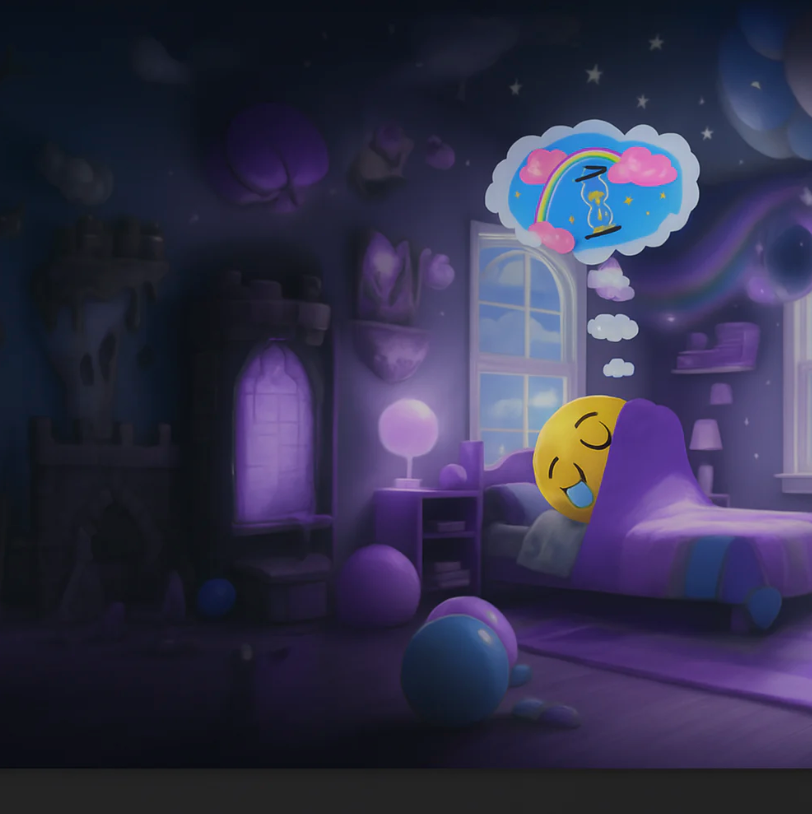Why Emotional Literacy Matters More Than Ever
Inside the Toolbox: The Case for Early Emotional Education
In a world that feels faster, louder, and more complicated than ever, helping children understand and manage their emotions isn’t just a “nice to have”...it’s essential.
What is Emotional Literacy? The ability to recognize, label, and express feelings.
Emotional literacy isn’t just about being “in touch” with emotions. It’s the cornerstone of mental health, healthy relationships, and learning. And today’s children need it more than ever.
The Rising Need
According to the U.S. Census Bureau, nearly 20 million children in the U.S. are between the ages of 3 and 7. Of those, around 1 in 5 experience mental health challenges, including anxiety, depression, and behavior disorders (Shim et al., 2022). The COVID-19 pandemic only deepened these struggles, disrupting routines, straining family systems, and increasing emotional distress (Meade, 2021).
But even as emotional challenges become more common, access to developmentally appropriate support remains limited, and stigma still lingers. That’s why it’s crucial to start early, before challenges turn into crises.

What Is Emotional Literacy?
Emotional literacy isn’t about “fixing” feelings; it’s about understanding them. When children can identify what they’re feeling, they’re better equipped to:
-
Ask for help
-
Calm themselves down
-
Understand others
-
Solve problems peacefully
In short, emotional literacy is the gateway skill that makes other social and emotional skills possible. It’s the difference between a child melting down because they feel overwhelmed…and a child saying, “I feel nervous” and asking for a break.
The Science Backs It Up
Research shows that emotional literacy in early childhood is a strong predictor of school readiness, peer relationships, and long-term well-being. In one major study, preschoolers who learned to identify and talk about their emotions were rated as more socially competent and emotionally resilient by both parents and teachers (Domitrovich et al., 2007).
Another study (Finlon et al., 2015) found that children who participated in an explicit emotion-education program not only developed better emotional understanding, but they also showed less anxiety and more self-control.
Here’s why:
Naming emotions helps children regulate them. When a child can say, “I feel frustrated,” it activates parts of the brain associated with reasoning and reduces activity in the stress response system (Siegel, 2010). In essence, naming tames the feeling.
It Starts Early, and It Starts with Us
Children don’t develop emotional literacy on their own. They learn it from the adults around them.
That means we, as caregivers and educators, have a powerful role to play:
-
Model emotional language (“I’m feeling overwhelmed, so I’m going to take a breath.”)
-
Validate feelings without rushing to fix them (“You’re sad about saying goodbye. That makes sense.”)
-
Use visuals or tools to build understanding (emotion cards, books, mirrors, sand timers)
When emotional conversations become part of daily life—at school, at home, during dinner, after a tantrum—children internalize the message: Feelings are okay. And I can handle them.
A Foundation for Lifelong Mental Health
Long before children learn multiplication or handwriting, they need to know how to understand what’s going on inside. And when we equip children with emotional language early, we set the stage for:
-
Reduced emotional reactivity
-
Better problem-solving
-
Stronger empathy and perspective-taking
-
More peaceful peer interactions
-
Lower rates of internalizing struggles like anxiety and depression later in life
It’s why tools like The Feeling Toolbox exist. We’re not just teaching kids to "calm down," we’re teaching them how to know themselves. And that, more than ever, is the foundation they need to thrive.





